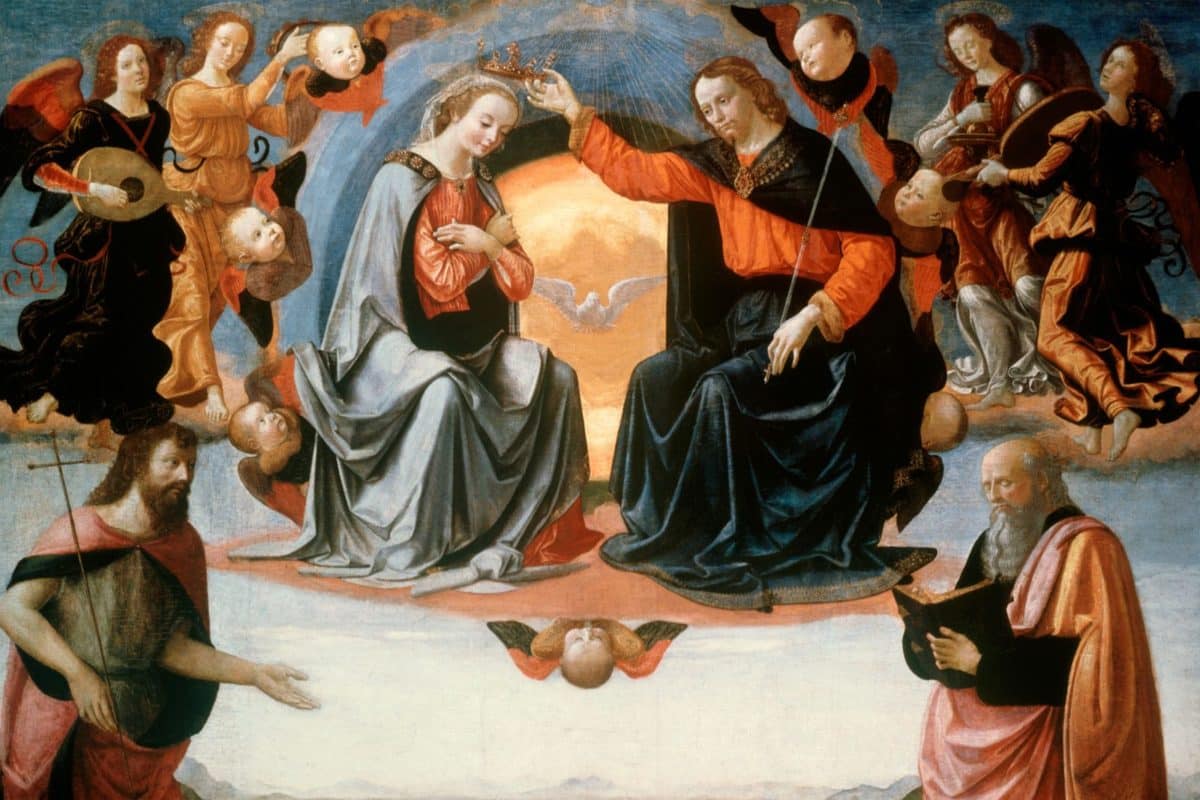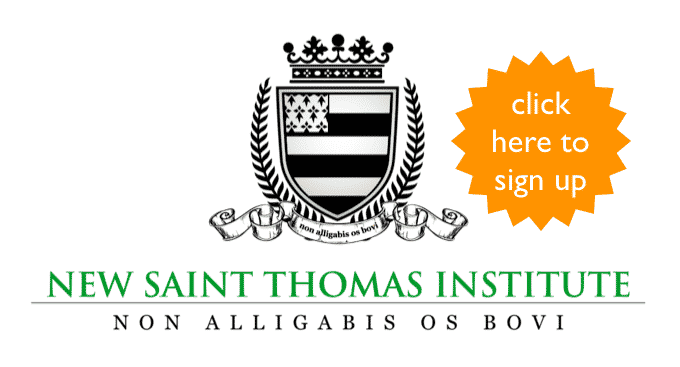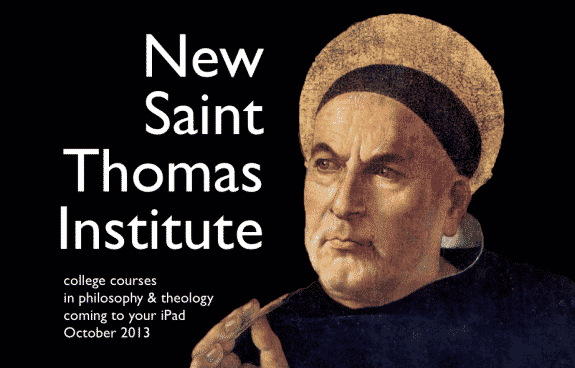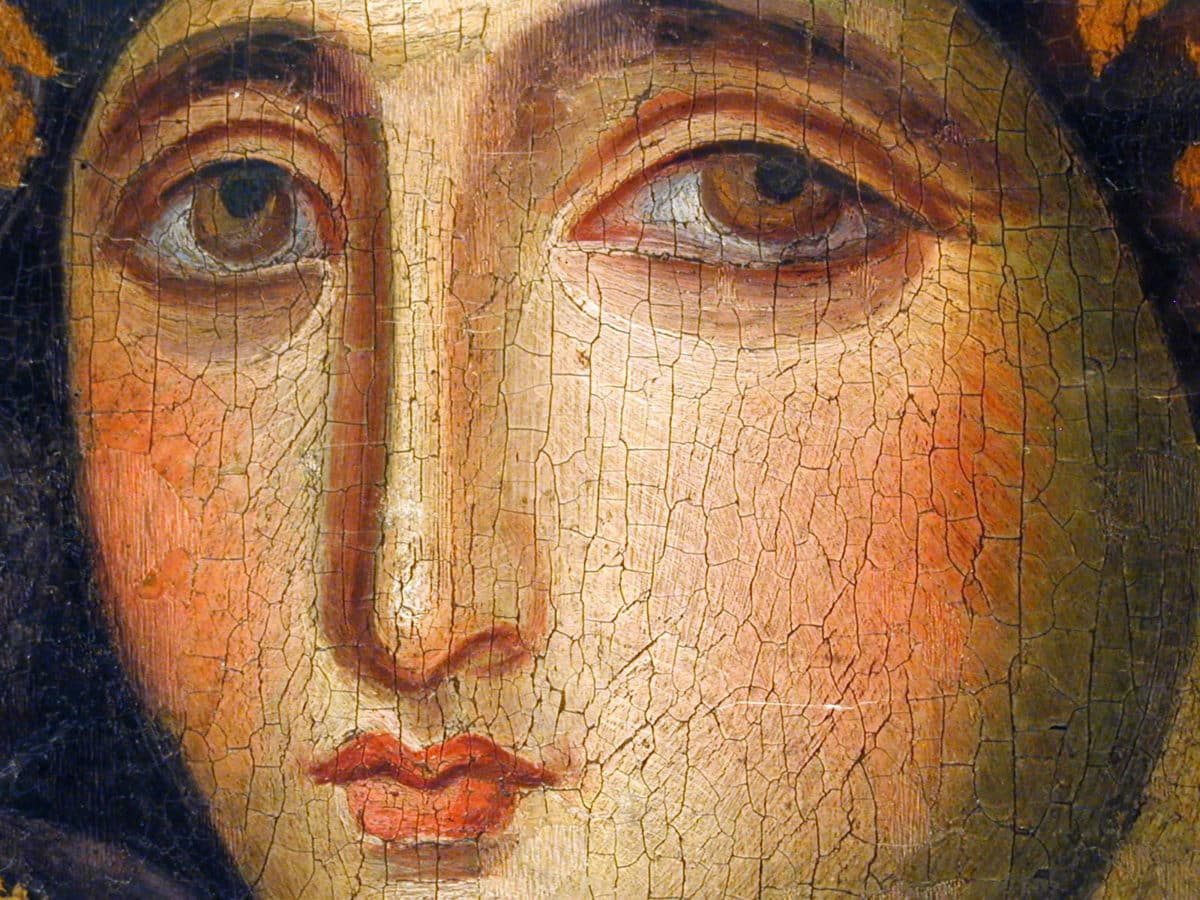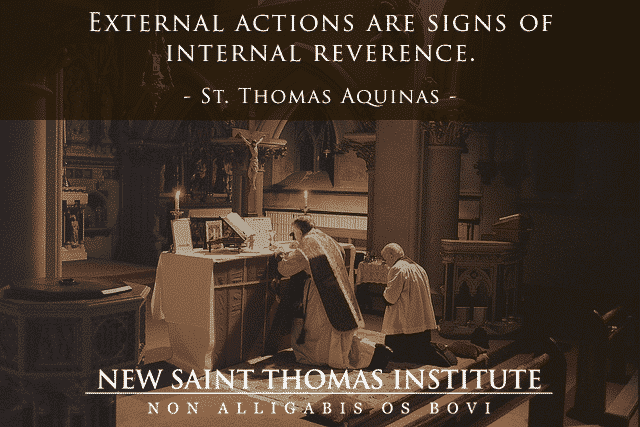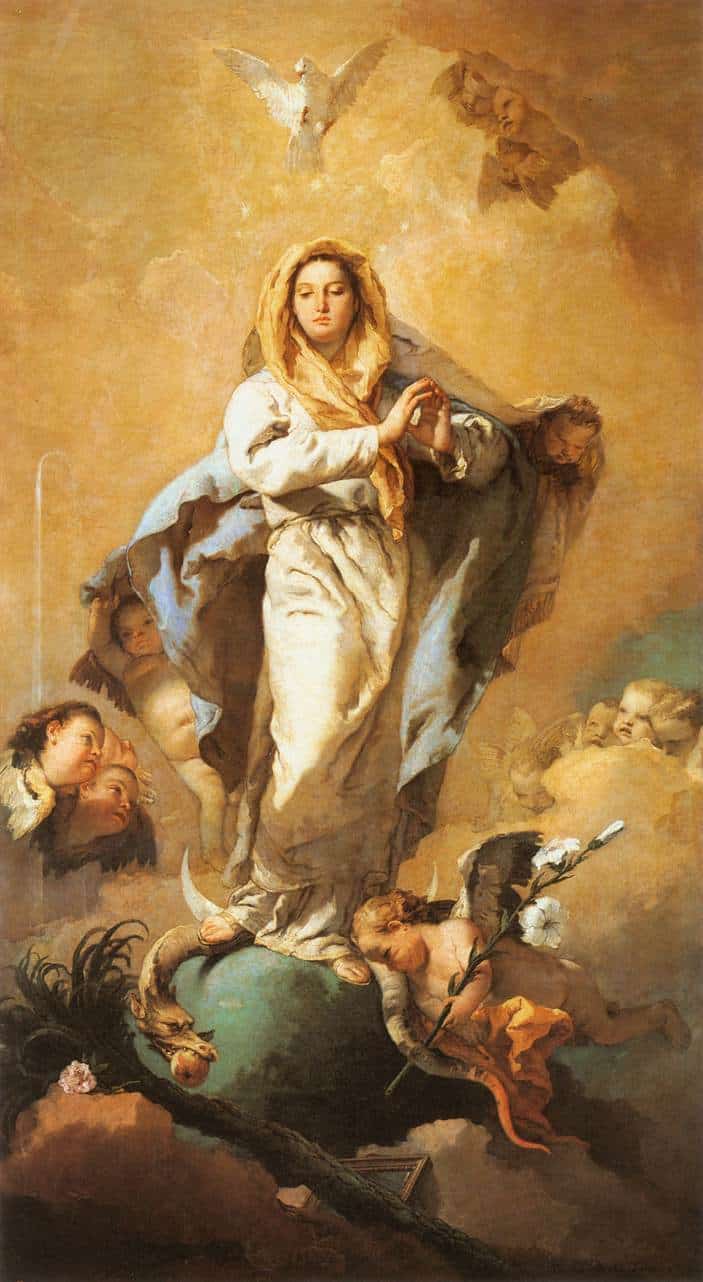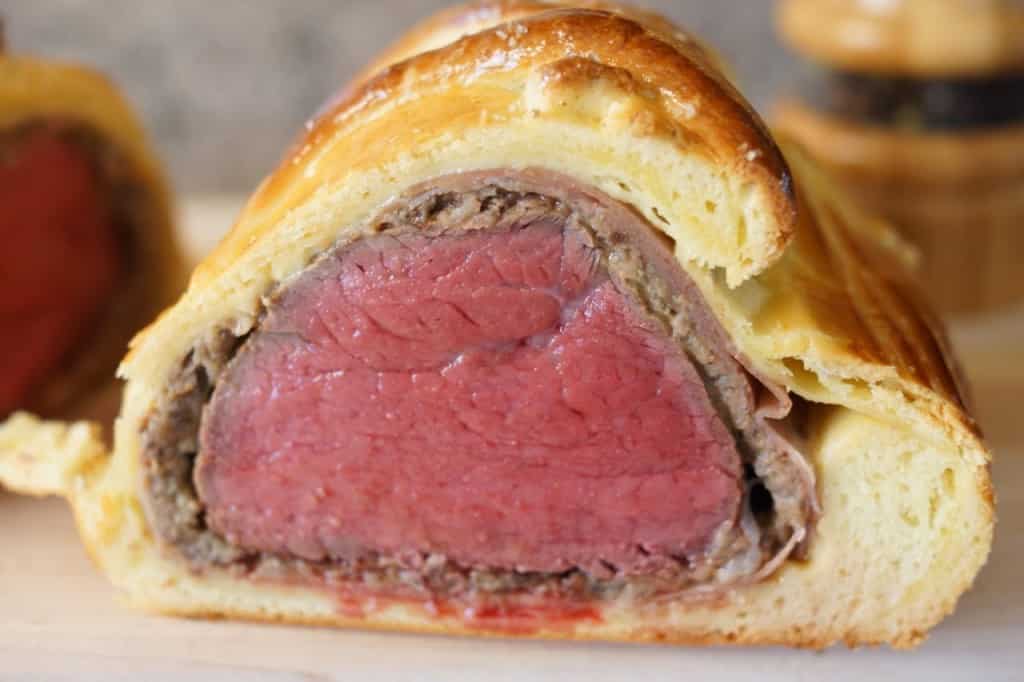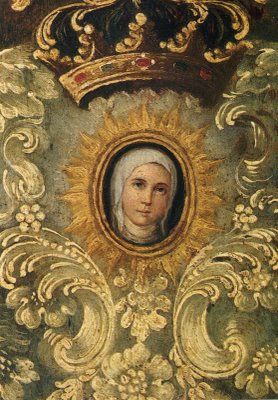Is Christ the Savior of His Mother Mary? The Catholic Church answers, “Yes, Christ is the Savior of His Mother Mary.”
Pope Pius IX on the Immaculate Conception
Here is the exact quote from Pope Pius IX’s Apostolic Constitution Ineffabilis Deus from December 8, 1854 in which the Pope infallibly declared the immaculate conception of the Blessed Virgin Mary:
Wherefore, in humility and fasting, we unceasingly offered our private prayers as well as the public prayers of the Church to God the Father through his Son, that he would deign to direct and strengthen our mind by the power of the Holy Spirit. In like manner did we implore the help of the entire heavenly host as we ardently invoked the Paraclete. Accordingly, by the inspiration of the Holy Spirit, for the honor of the Holy and undivided Trinity, for the glory and adornment of the Virgin Mother of God, for the exaltation of the Catholic Faith, and for the furtherance of the Catholic religion, by the authority of Jesus Christ our Lord, of the Blessed Apostles Peter and Paul, and by our own:
“We declare, pronounce, and define that the doctrine which holds that the most Blessed Virgin Mary, in the first instance of her conception, by a singular grace and privilege granted by Almighty God, in view of the merits of Jesus Christ, the Savior of the human race, was preserved free from all stain of original sin, is a doctrine revealed by God and therefore to be believed firmly and constantly by all the faithful.”
Mary was regenerated, justified, and sanctified at the very moment of her conception. Pope Pius IX, in conformity with Catholic tradition, taught that this unique act of salvation occurred “in view of the merits of Jesus Christ, the Savior of the human race.” This is why Mary can still refer to God as “God my Savior” (Lk 1:47).
To summarize, then, the Blessed Virgin Mary’s immaculate conception is due to the merits of Jesus Christ as “Savior”.
Saint Augustine on Immaculate Conception
Saint Augustine stands in this tradition, writing in the early 400s:
“Now with the exception of the holy Virgin Mary in regard to whom, out of respect for the Lord, I do not propose to have a single question raised on the subject of sin – after all, how do we know what greater degree of grace for a complete victory over sin was conferred on her who merited to conceive and bring forth Him who all admit was without sin — to repeat then: with the exception of this Virgin, if we could bring together into one place all those holy men and women, while they lived here, and ask them whether they were without sin, what are we to suppose that they would have replied?” (St. Augustine, De natura et gratia, Patrologia Latina 44:267)
Luke 1:28 and the Immaculate Conception
Lastly, it should be noted that for Pope Pius IX the locus classicus in Sacred Scripture for the doctrine of the Mary’s immaculate conception is not Luke 1:28 (“Hail full of grace”), but Gen 3:15 (“I will place enmity between you [Satan] and the woman”).
The woman who shall bear the Savior shall have perfect enmity with Satan and thus it is necessary that Satan have no dominion over her. In other words, she must be without sin. Hence, the immaculate conception of the Blessed Virgin.
You can leave a comment by clicking here.
(Members of the New Saint Thomas Institute received a video relating to this topic on Dec 3, 2013. Please see “Did Thomas Aquinas Deny the Immaculate Conception” in the NSTI online course catalogue.
Are you not yet a Member of the NSTI? Learn more about becoming an NSTI Member by clicking here.


